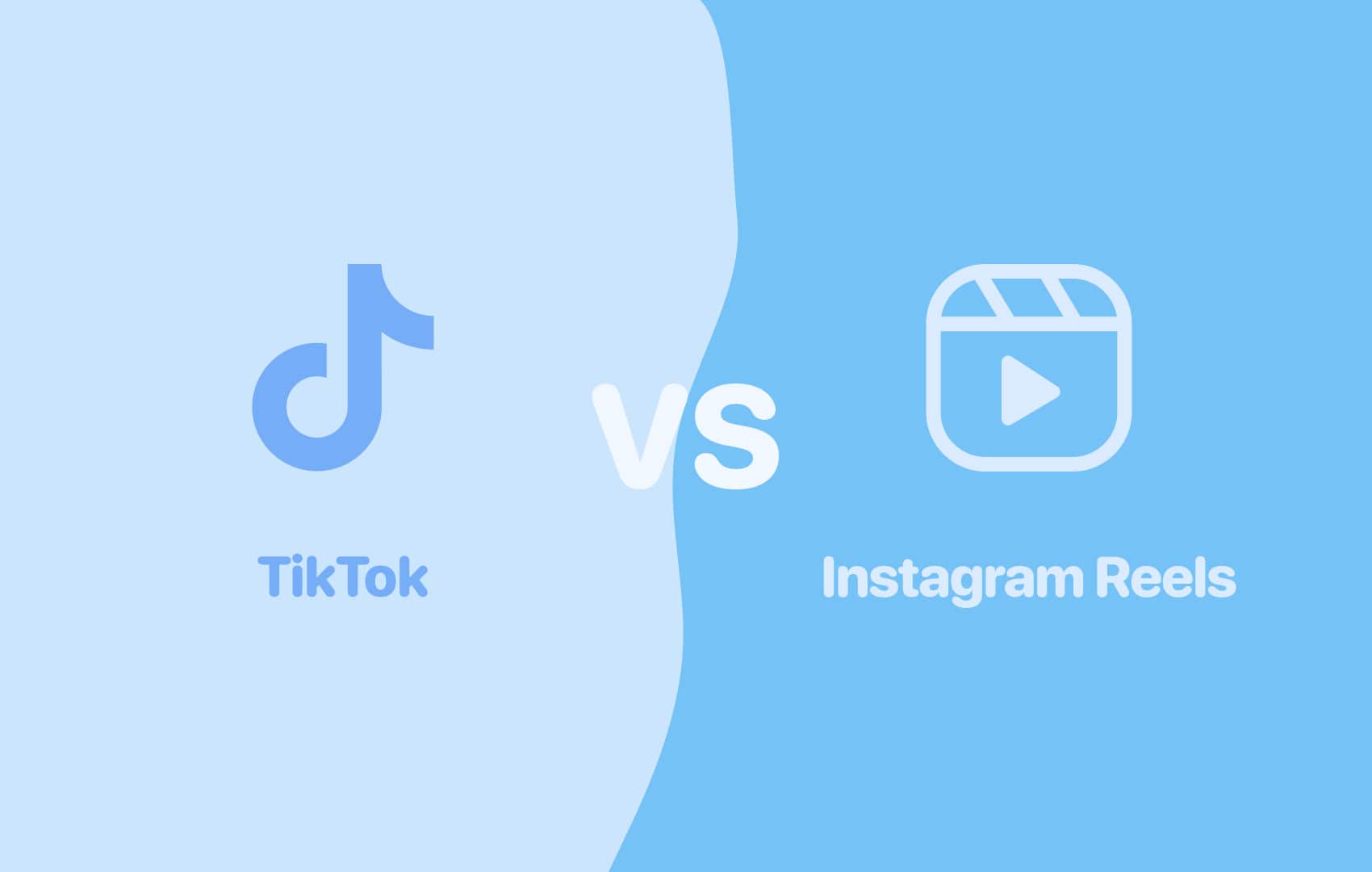Is YouTube Social Media? The Definitive Answer
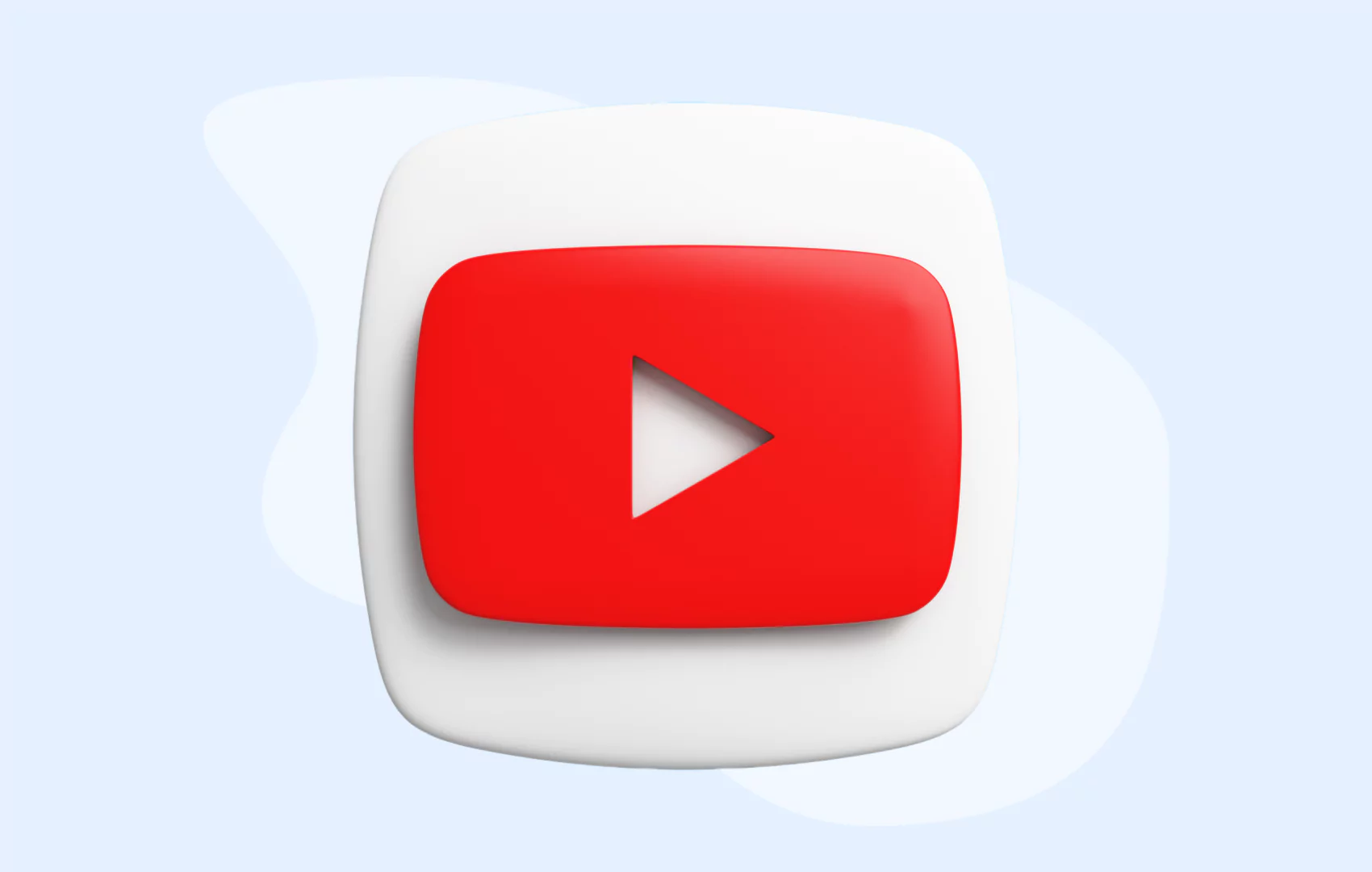
In today's digital landscape, distinguishing between various online platforms can be challenging. One question that often arises is, "Is YouTube social media?" With its vast user base and interactive features, YouTube occupies a unique position in the realm of online platforms.
This article delves deep into understanding YouTube's role, functionalities, and how it aligns with traditional definitions of social media.
Understanding Social Media
Before answering whether YouTube qualifies as social media, it's essential to define what social media entails. Social media platforms are primarily designed to facilitate communication, content sharing, and interaction among users. They enable individuals to create profiles, connect with others, share updates, and engage in conversations.
Key Characteristics of Social Media
User-Generated Content: Platforms where users create and share their content.
Interactivity: Features that allow users to engage with each other, such as comments, likes, and shares.
Networking: Tools that help users build and maintain relationships.
Real-Time Communication: Instantaneous sharing and interaction capabilities
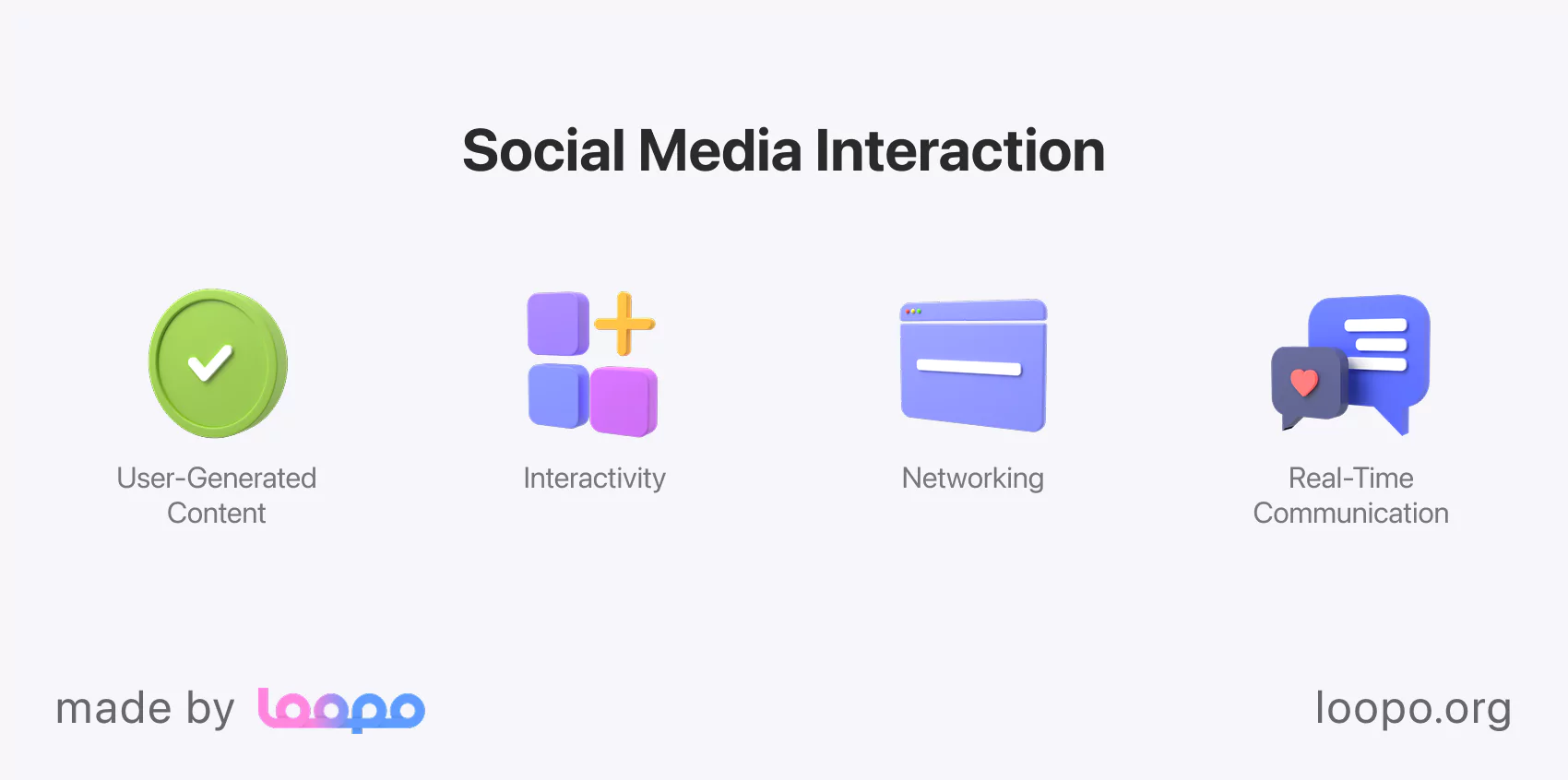
YouTube's Core Functionality
YouTube, launched in 2005, has grown into the world's largest video-sharing platform. It allows users to upload, view, and share videos on a myriad of topics. Over the years, YouTube has introduced features that enhance user interaction and community building.
User Engagement on YouTube
Comments Section: Enables viewers to discuss and provide feedback on videos.
Likes and Dislikes: Allows users to express their opinions about the content.
Subscriptions: Users can follow their favorite creators to receive updates on new content.
Live Streaming: Facilitates real-time interaction between creators and their audience.
Content Creation and Sharing
YouTube empowers individuals and organizations to produce and disseminate content widely. From vlogs and tutorials to music videos and live broadcasts, the platform supports diverse content types that cater to varied interests.

Comparing YouTube to Traditional Social Media Platforms
To determine if YouTube is a social media platform, it's helpful to compare its features with those of established social media sites like Facebook, Twitter, and Instagram.
Similarities
User Interaction: Both YouTube and traditional social media platforms allow users to engage through comments, likes, and shares.
Content Sharing: Users can upload and share content with a broad audience.
Community Building: Both facilitate the creation of communities around shared interests and topics.
Differences
Primary Content Type: While traditional social media platforms focus on text, images, and short videos, YouTube is predominantly video-centric.
Content Consumption: YouTube emphasizes longer-form content consumption, whereas platforms like Twitter prioritize quick, real-time updates.
Monetization: YouTube offers monetization options for creators through ads and memberships, which is a distinct feature compared to many traditional social media platforms.
YouTube's Social Features
Despite its video-centric nature, YouTube incorporates several social features that align it with the core principles of social media.
Interactive Community Features
Playlists and Channels: Users can create playlists and channels to organize and share their favorite content, fostering a sense of community.
Community Posts: Creators can post updates, polls, and images to engage with their audience beyond videos.
Collaborations: Content creators often collaborate, blending their audiences and enhancing community interaction.
Social Networking Elements
YouTube allows users to connect and network in various ways:
Subscriptions: Similar to following someone on other social media platforms, subscribing to a channel keeps users updated on new content.
Notifications: Users receive alerts about new videos, live streams, and community posts from their favorite creators.
Direct Messaging: While limited compared to platforms like Facebook Messenger, YouTube offers ways for creators to communicate directly with their audience.
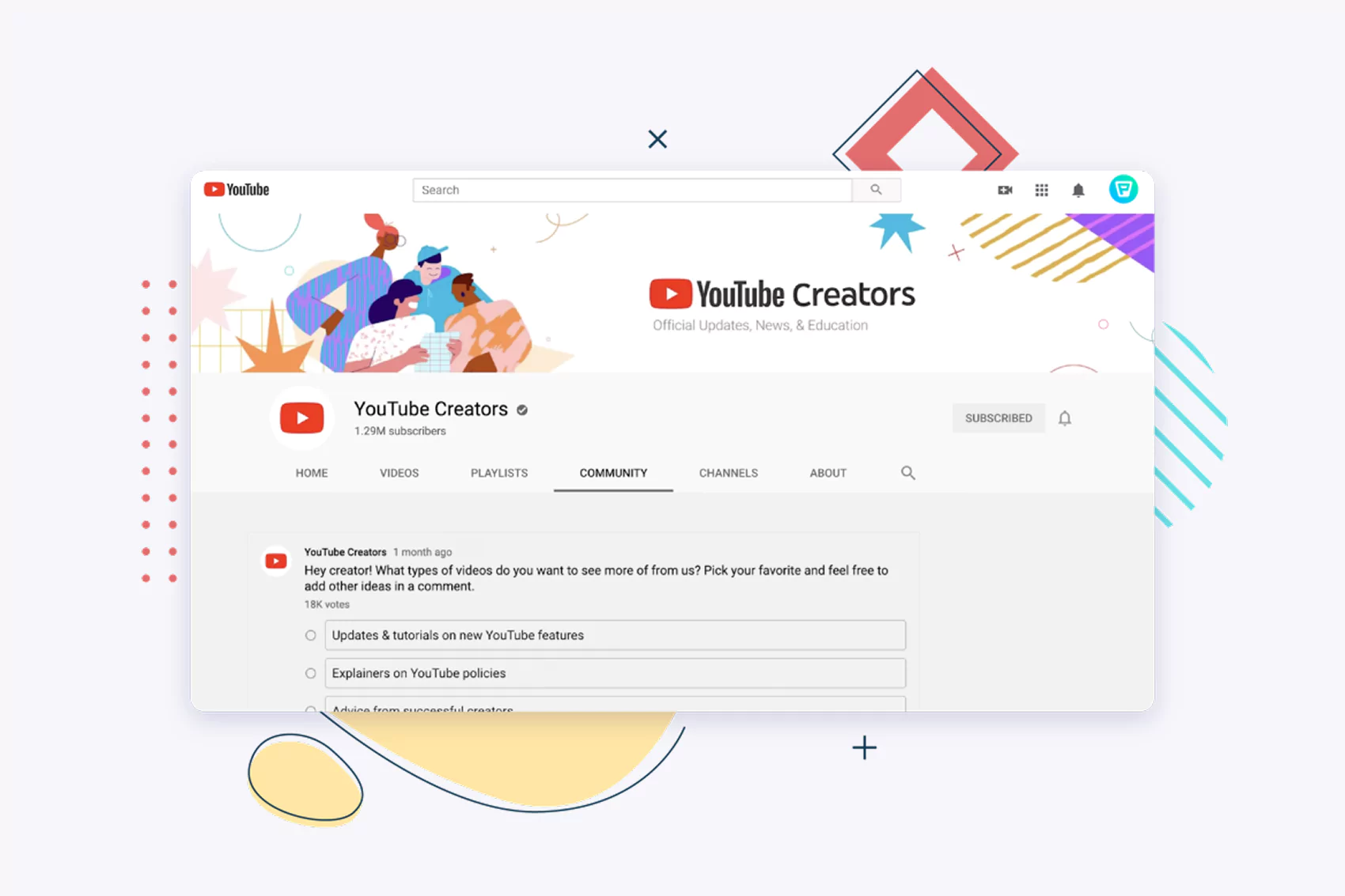
Arguments for YouTube as a Social Media Platform
Supporters of the idea that YouTube is social media highlight several features that align with traditional social media functionalities. These features facilitate user interaction, content sharing, and community building, which are hallmarks of social media platforms.
Enhanced User Interaction
YouTube offers multiple avenues for users to interact beyond just watching videos:
Comments and Discussions: Each video has a dedicated comments section where viewers can engage in conversations, ask questions, and provide feedback. This interaction fosters a sense of community among viewers and creators.
Likes and Dislikes: Users can express their approval or disapproval of content through the like and dislike buttons, allowing for quick and direct feedback.
Sharing Options: Videos can be easily shared across other social media platforms, enabling broader dissemination and interaction.
Community Building Features
YouTube's structure supports the formation of communities around shared interests:
Channels and Subscriptions
Users can subscribe to channels they enjoy, creating a personalized feed of content. This subscription model helps build a loyal community of followers for creators.
Playlists
Users can create and share playlists, organizing content around specific themes or topics, which enhances content discoverability and community engagement.
Live Streaming and Premieres
These features allow real-time interaction between creators and their audience, similar to live chats on other social media platforms.
Content Creation and Sharing
At its core, YouTube is a content creation platform, a key aspect of social media:
User-Generated Content: Anyone can create and upload videos, contributing to the platform's diverse content library.
Collaborations: Creators often collaborate, merging their audiences and fostering a collaborative community environment.
Social Networking Elements
YouTube incorporates several social networking features:
Notifications and Alerts
Subscribers receive notifications about new content, keeping them engaged and connected with their favorite creators.
Direct Messaging
While not as extensive as other social networks, YouTube allows limited direct communication between users and creators.
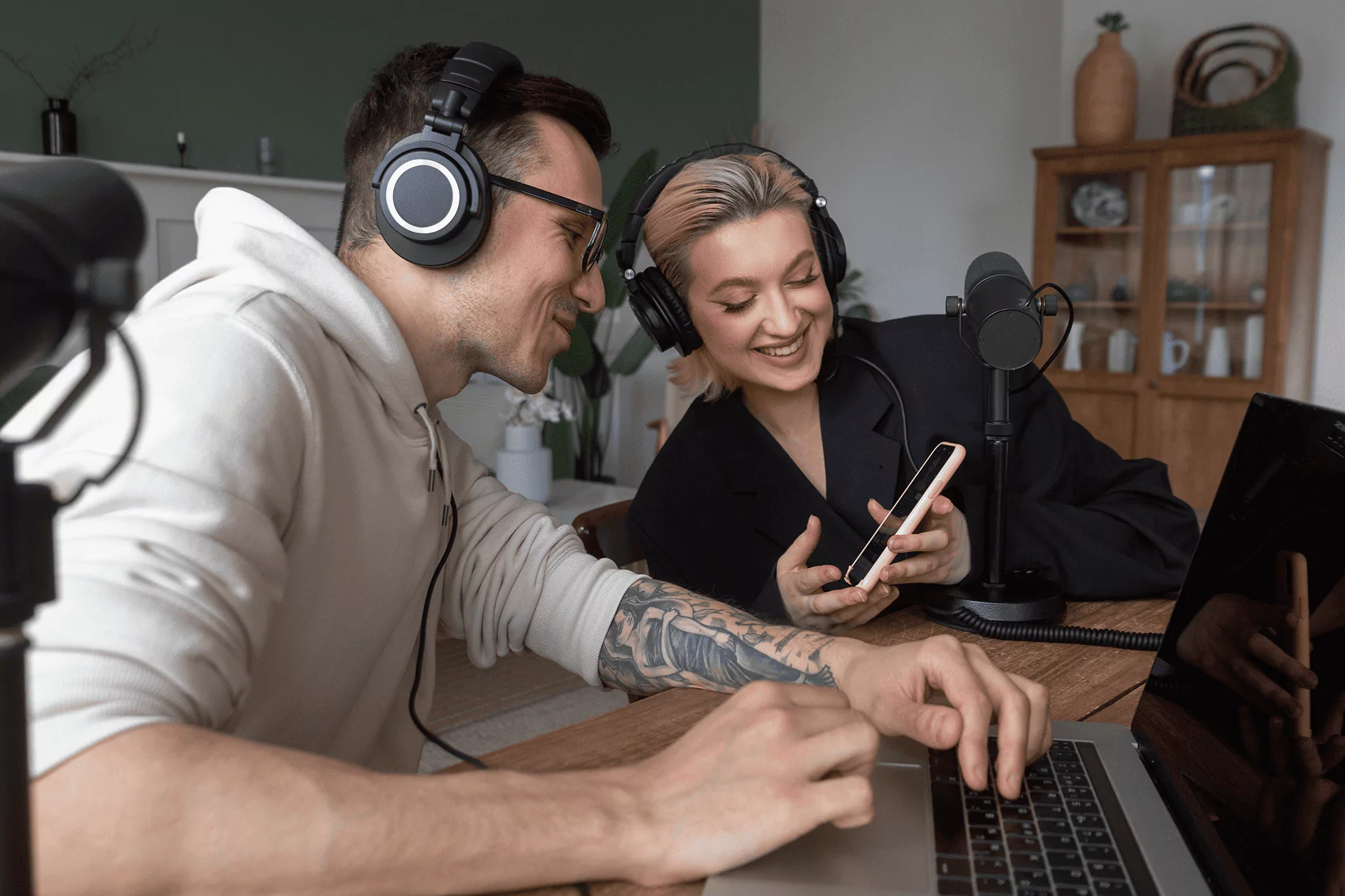
Arguments Against YouTube as a Social Media Platform
Despite its social features, some argue that YouTube does not fully qualify as a social media platform. These arguments focus on aspects where YouTube differs significantly from traditional social networks.
Primarily a Content Consumption Platform
One of the main points against YouTube being classified as social media is its primary focus on content consumption rather than interaction:
Passive Consumption: Unlike platforms like Facebook or Twitter, where user interaction is constant and central, YouTube often involves passive consumption of video content.
Less Emphasis on Personal Profiles: While users have channels, YouTube does not emphasize personal profiles and sharing of personal updates in the same way other social media platforms do.
Limited Social Interaction Features
Compared to traditional social media, YouTube has more limited interaction features:
Restricted Direct Messaging: YouTube's direct messaging capabilities are minimal, limiting private interactions between users.
Less Real-Time Communication: Although live streaming offers some real-time interaction, it is not as integral to the platform as real-time updates are on platforms like Twitter or Instagram.
Focus on Content Creators Over General Users
YouTube's ecosystem heavily favors content creators, which can create a different dynamic than typical social media platforms:
Creator-Centric Features: Features like monetization and channel subscriptions are tailored more towards content creators rather than facilitating broad user interactions.
Algorithm-Driven Content: The platform's recommendation algorithms prioritize content discovery over user-generated content sharing and personal networking.
Balancing the Perspectives
While there are valid arguments on both sides, the classification of YouTube as a social media platform ultimately depends on how one defines social media. If social media is viewed primarily through the lens of user interaction and networking, YouTube may seem limited. However, considering its extensive user engagement features, community building tools, and content sharing capabilities, YouTube certainly embodies many social media characteristics.
Evolution of YouTube's Social Features
It's also important to note that YouTube has been evolving to incorporate more social features over time:
Introduction of Community Tab: Allows creators to post updates, polls, and images, enhancing engagement beyond video content.
Integration with Other Social Media: YouTube seamlessly integrates with platforms like Twitter and Instagram, enabling cross-platform interactions and sharing.
The Hybrid Nature of YouTube
YouTube's unique position as both a content platform and a social media network showcases its hybrid nature. It combines elements of traditional social media with those of a video-sharing service, creating a multifaceted platform that serves diverse user needs.

Real-World Examples of YouTube as a Social Media Platform
To better understand whether YouTube is social media, examining real-world applications and success stories can provide valuable insights. Numerous brands, influencers, and everyday users leverage YouTube's features to build communities, engage with audiences, and amplify their messages, much like they would on traditional social media platforms.
Influencer Marketing on YouTube
Influencer marketing has become a cornerstone of modern advertising, and YouTube plays a pivotal role in this trend. Influencers on YouTube create content that resonates with their audience, fostering trust and engagement. Brands collaborate with these content creators to promote products and services in an authentic manner.
Case Study: Beauty Guru PartnershipsBeauty influencers like James Charles and NikkieTutorials have amassed millions of subscribers by sharing makeup tutorials, product reviews, and beauty tips. Brands partner with these influencers to showcase their latest products, reaching a highly targeted and engaged audience. This symbiotic relationship highlights YouTube's capacity for personalized marketing and community building.
Community Engagement Through Content Series
Creating a content series is an effective way to maintain viewer interest and encourage repeat engagement. YouTube's platform supports this strategy by allowing creators to develop ongoing narratives or themes that keep audiences coming back for more.
Example: Educational ChannelsChannels like Khan Academy and CrashCourse offer structured lessons and courses on various subjects. By organizing content into playlists and sequential episodes, these channels create a learning community where viewers can interact, ask questions, and participate in discussions, akin to a virtual classroom environment.
User-Generated Content and Collaboration
YouTube thrives on user-generated content, fostering a sense of ownership and participation among its users. Collaboration between creators further enhances this dynamic, blending diverse audiences and encouraging cross-platform interactions.
Example: Collaborative Projects
The "React" series by Fine Brothers Entertainment involves creators from different backgrounds reacting to various trends and topics. This format not only provides diverse perspectives but also encourages viewers to engage with multiple channels, expanding the community and increasing overall interaction on the platform.

YouTube's Impact on Social Media Marketing
YouTube's unique blend of video content and social interaction has significant implications for social media marketing. Understanding these impacts can help marketers effectively leverage the platform to achieve their goals.
Enhanced Brand Visibility and Reach
YouTube's vast user base offers unparalleled opportunities for brands to increase their visibility. High-quality video content can reach a global audience, transcending geographical boundaries and language barriers.
SEO Benefits: YouTube videos often rank highly in search engine results, especially for video-related queries. Optimizing video titles, descriptions, and tags with relevant keywords can enhance discoverability both on YouTube and through search engines like Google.
Deepening Audience Engagement
Video content allows for more immersive and engaging storytelling compared to traditional text or image-based posts. Brands can use this to create compelling narratives that resonate with their audience.
Interactive Features: Utilizing features like end screens, annotations, and interactive cards can drive viewers to take specific actions, such as subscribing to a channel, visiting a website, or watching additional videos. This interactivity mirrors the engagement seen on other social media platforms.
Data-Driven Insights
YouTube provides robust analytics tools that offer deep insights into viewer behavior and preferences. Marketers can leverage this data to refine their strategies and tailor content to better meet the needs of their audience.
Performance Metrics: Analyzing metrics such as watch time, audience retention, and engagement rates helps brands understand what content works best and where there is room for improvement. This data-driven approach enhances the effectiveness of marketing campaigns.
Building Trust and Authority
Consistently producing valuable and informative content can establish a brand as an authority in its field. This trust is crucial for building long-term relationships with customers.
Thought Leadership: Brands that provide expert insights, tutorials, and behind-the-scenes content can position themselves as thought leaders, fostering loyalty and credibility among their audience.

Leveraging YouTube for Social Media Strategies
Integrating YouTube into a comprehensive social media strategy can amplify a brand's online presence and drive meaningful engagement. Here are some strategies to effectively utilize YouTube as part of your social media efforts:
Consistent Content Creation
Regularly uploading content helps maintain audience interest and keeps the channel active in YouTube's recommendation algorithms.
Content Calendar: Developing a content calendar ensures a steady flow of videos, allowing for timely and relevant content that aligns with audience interests and seasonal trends.
Cross-Promotion Across Platforms
Promoting YouTube content on other social media platforms can increase reach and drive traffic to the channel.
Social Sharing: Sharing video links on platforms like Facebook, Twitter, and Instagram encourages followers to engage with YouTube content, enhancing visibility and subscriber growth.
Engaging with the Community
Active engagement with viewers fosters a sense of community and encourages loyalty.
Responding to Comments: Taking the time to reply to viewer comments shows appreciation and builds a stronger connection with the audience.
Hosting Live Streams: Live streaming allows real-time interaction, providing an opportunity for direct communication and immediate feedback from viewers.
Utilizing YouTube Ads
YouTube's advertising options enable brands to reach targeted audiences through various ad formats.
Skippable and Non-Skippable Ads: These ads can be tailored to specific demographics, interests, and behaviors, ensuring that marketing messages reach the most relevant viewers.
Collaborating with Other Creators
Partnering with other YouTubers can expand a brand's reach and introduce it to new audiences.
Joint Ventures: Collaborative videos, guest appearances, and co-hosted series can attract subscribers from each creator's existing fan base, fostering mutual growth and engagement.
Conclusion
The question "Is YouTube social media?" does not have a straightforward answer, as YouTube embodies characteristics of both a traditional social media platform and a specialized content-sharing service. Its extensive features for user interaction, community building, and content creation align closely with social media functionalities. However, its primary focus on video content and content consumption sets it apart from other social networks that emphasize personal interactions and real-time communication.
Ultimately, YouTube's hybrid nature allows it to serve multiple roles in the digital ecosystem. For marketers and content creators, this versatility makes YouTube an invaluable tool for reaching and engaging audiences. Whether viewed as a social media platform or a content hub, YouTube plays a significant role in shaping online interactions and community dynamics.
Gain valuable insights from our blog and connect with us for personalized solutions tailored to your unique needs and goals.

